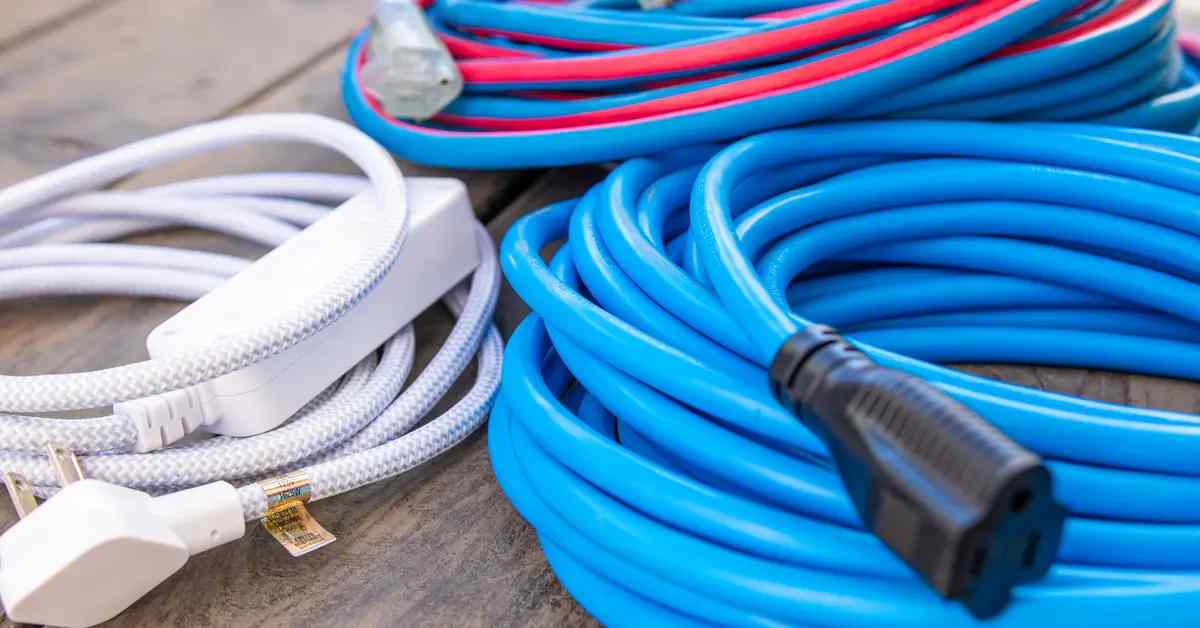Table of Contents
Extension Rope Safety: What to Do and What to Avoid:
2 Prong Outdoor Extension Cord – Extension cords are a common and suitable way to carry power to electrical devices. But if used carelessly, they can become fire hazards and pose dangers to your safety.
Follow these guidelines to assistance keep your home safe when using extension cords.
Selection of extension cords
Buy only cables that a free testing laboratory has accepted.
For outdoor projects, use only extension cords noticeable for outdoor use.
Read the instructions (if available) for information on the correct use of the cord and the amount of power it consumes.
Select cables which are rated to handle the energy of the gadgets they’ll use. The gauge of a wire suggests its size: the smaller the quantity, the larger the cord, and the more electric modern the cord can properly handle.
Consider the length you will need. Longer cables cannot handle as much current as shorter cables of the same gauge.
Choose cords with separated or three-prong plugs.
Thick, round, low-gauge extension cords with more extensive uses are the finest. However, you can use skinny or flat cables for minor purposes and electronics.
Use of extension cords
- Never remove the grounding prong from an extension cord to fit a two-prong outlet.
- Avoid powering multiple appliances with a single cord.
- Never use indoor extension cords outdoors.
- Do not connect multiple cables.
- Do not track extension cords under rugs or furniture.
- Never tape extension cords to floors or fasten them to surfaces with staples or nails.
- Do not bend or coil the cables when they are in use.
- Cover unused cord receptacles with child-resistant covers.
- Stop by extension cords that feel hot to the touch.
Care of extension cords
- Always keep cables indoors.
- Unplug extension cords when not in use.
- Discard damaged cables.
- Appeal on the plug, not the cord, when you unplug it from the outlet.
Why are extension cords a safety hazard?
If the extension cord is covered, the heat cannot escape and could cause a fire.
Make definite extension cords are seen and, if possible, do not run via high-traffic areas. They may be a tripping chance to human beings walking through the web page.
When the usage of an extension cord, take extra precautions to avoid electric shock. It is critical to ensure that it is not in water or snow. If you operate an extension twine outside, gain a line rated for outside use.
And remember that extension cords are future as temporary wiring solutions. However, if you find you’re using them all the time, consider upgrading your home’s electrical system.
Extension Cords
Extension cords are usually used for a variety of electrical devices. This page will show you how to use the correct cable type for different devices.
Take care when using extension cords to prevent a tripping hazard. Someone could be injured or damage the receptacle or electrical device.
2 and 3 wire extension cable
2-wire extension cords do not have a ground wire or ground connection. They are typically rated for indoor use only and designed in low wattage plans (table and floor lamps, etc.). Never plug a beached electrical method hooked on a 2-wire extension cord.
A 3-wire extension cord has a ground wire and ground networks. Therefore, 3-wire cords are generally rated outdoors and have higher amperage ratings.

